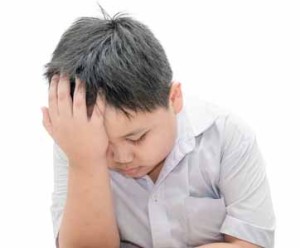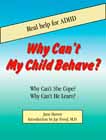 There are many kinds of headache, including tension headaches, cluster headaches, vascular headaches, caffeine withdrawal headaches, ice-pick headaches, and migraines.
There are many kinds of headache, including tension headaches, cluster headaches, vascular headaches, caffeine withdrawal headaches, ice-pick headaches, and migraines.
Migraines are chronic headaches that can cause significant pain for hours or even days. Symptoms can be so severe that all you can think about is finding a dark, quiet place to lie down.
Some migraines are preceded or accompanied by sensory warning symptoms or signs (auras), such as flashes of light, blind spots or tingling in your arm or leg. A migraine is often accompanied by nausea, vomiting, and extreme sensitivity to light and sound.
The Diet Connection
According to Dr. Millichap in 2003, foods can cause headache by influencing the release of neurotransmitters causing dilation or constriction of the blood veins, or by directly stimulating one of several parts of the nervous system. According to him, long-term drug therapy (in an effort to prevent migraine) “is appropriate only after exclusion of headache-precipitating trigger factors, including dietary factors.”
In one study published in 1983, Dr. Egger showed that 93% of children treated by a few-foods diet for migraine recovered. In several other studies using a few-foods diet for other symptoms, he also noted that headache was consistently improved.
Headache After Wine
Some people get headache after drinking red wine. While the sulfites and salicylates in wine have been implicated in triggering asthma attacks, headaches are thought to result from sensitivity to the naturally-occurring flavonoids which give red wine its color.
- Krymchantowsk, 2014: Wine and Headache – MedLine || Full Text || Get Password
Harry’s Story
 From the book Why Can’t My Child Behave? by Jane Hersey. You can read Part 1 here.
From the book Why Can’t My Child Behave? by Jane Hersey. You can read Part 1 here.
These headaches had started out slowly, and had gradually increased in frequency and severity until reaching the point where he was sick several times a month. At these times, all he could do was lie in a dark room for the three days or so that the attack lasted. He went from doctor to doctor in search of help, but each new doctor simply asked what pain pills he was taking, and handed him a prescription for more. Nobody ever questioned why he got the headaches in the first place.
Meanwhile, his wife, Jane, had read Dr. Feingold’s book, Why Your Child is Hyperactive by Ben F. Feingold, MD, looking for help for her daughter, Laura. She continues:
The book was very interesting, and some of the information was amazing, but I never recognized Laura’s symptoms. My husband, Harry, read it and saw traits he had shown as a child. He also suspected that food additives could be triggering his dreadful headaches, so he began to pay more attention to what he ate.
I sort of used Dr. Feingold’s diet with Laura, but the thought of tossing out “perfectly good” food went against the grain. I figured if I followed the diet 50%, I should see a 50% improvement. There was no noticeable improvement, but that was fine with me. With an impossible five-year-old, a baby, plus a husband who was still sick some of the time, I didn’t want to be The Happy Homemaker in some frilly white apron, cooking from scratch.
Then one day when Harry came home from work, he told her about the lunch he had eaten. He had selected a cottage cheese salad and had discarded the bright red cherry, but a little bit of juice from the cherry had colored the cottage cheese pink in one spot. It was just a drop or two, and he figured such a little bit wouldn’t hurt, so he ate it. About two hours later he could feel the start of a migraine. The pain pills were strong enough to stop the headache, but it made a profound impression on him that such a tiny amount of dye could be so potent.
NOTE: From that day in 1975, until now (2016), Harry has never had another migraine! Jane began using the diet 100% for her daughter, as well, with good results. She is now the editor of Pure Facts, the monthly newsletter of the Feingold Association. To buy her book on paper or Kindle, click here or on the book picture.




















